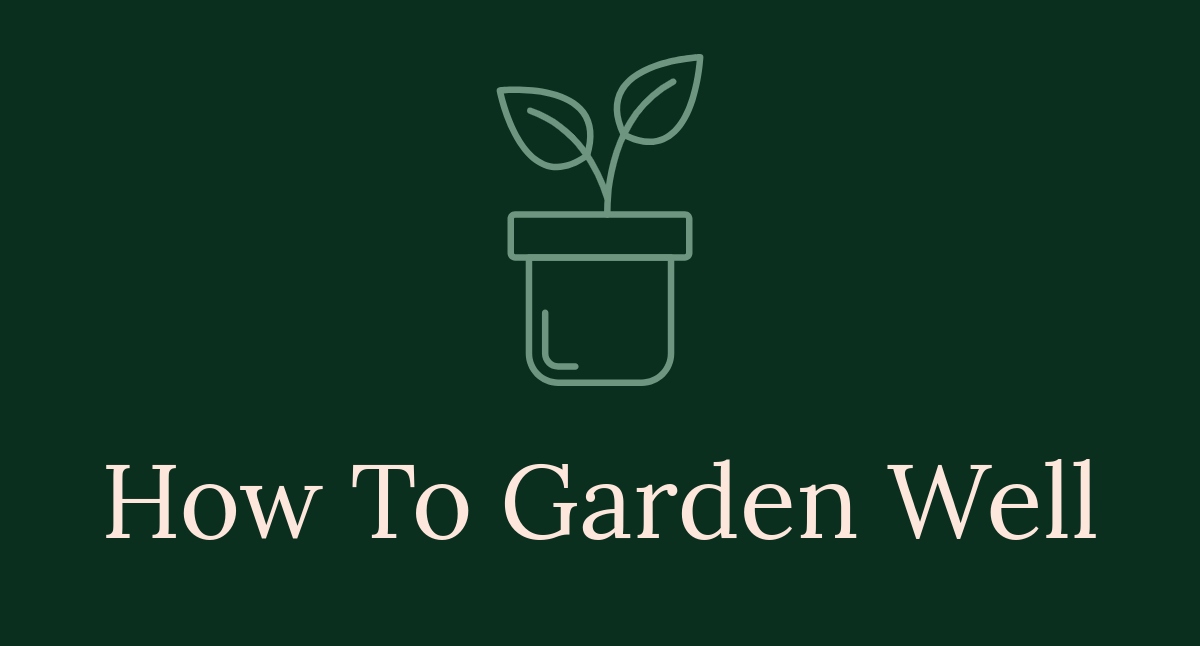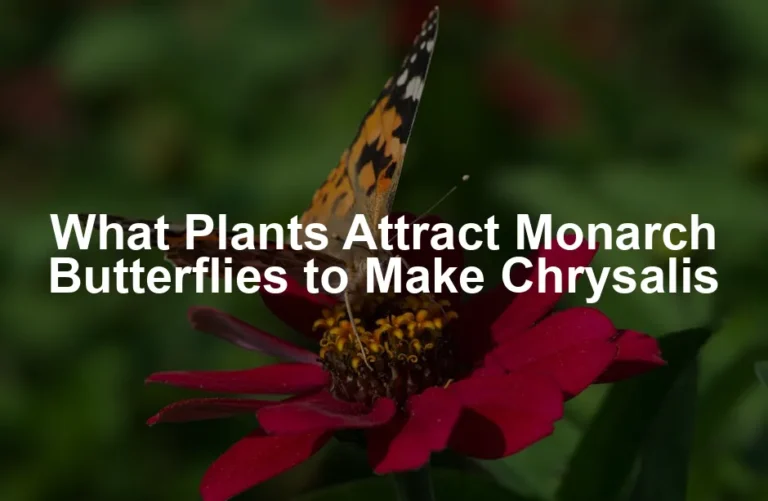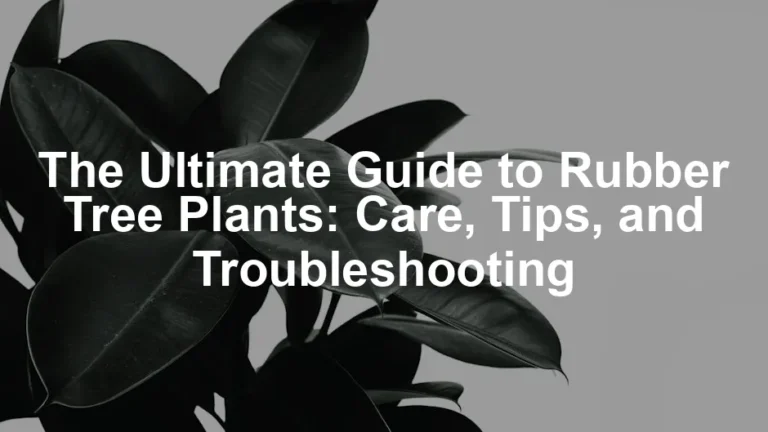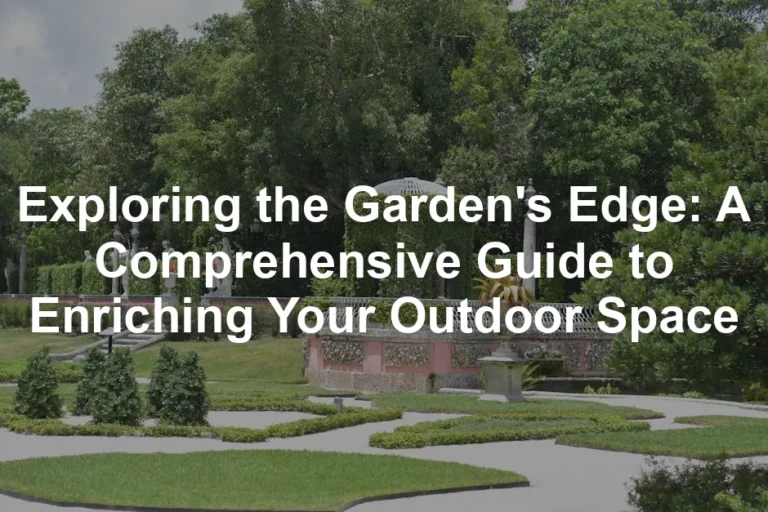

What Kind of Plants Can I Plant on My Lanai?
What Kind of Plants Can I Plant on My Lanai?
Introduction
A lanai is a covered outdoor space, perfect for relaxing. Choosing the right plants is crucial for this unique setting. This article will help you select the best plants for your lanai, ensuring it thrives.
Summary and Overview
A lanai typically features an open design, surrounded by nature. It often enjoys a warm climate, ideal for various plants. Incorporating greenery adds beauty and a peaceful atmosphere, making it a perfect retreat.
Plants can provide aesthetic appeal, relaxation, and even homegrown veggies. When selecting plants, consider light availability, humidity, and maintenance requirements.
This guide will cover several types of plants, including edibles, ornamental options, and specific varieties that flourish in lanai conditions. Whether you want colorful flowers or fresh herbs, there’s something for every preference.
Speaking of herbs, why not start with the best? Consider grabbing an Organic Herb Seeds Variety Pack. These seeds will not only spice up your dishes but will also make your lanai look like a culinary paradise!
Growing herbs can greatly enhance your lanai experience. Tips for growing herbs in small urban spaces can help you maximize your gardening efforts.
Factors to Consider When Choosing Plants
Sunlight Exposure
Understanding sunlight availability is key. Your lanai may have areas of full sun, partial shade, or full shade. Knowing these conditions helps you select the right plants.
Full sun means at least six hours of direct sunlight daily. Plants like tomatoes and marigolds thrive here. Partial shade gets around three to six hours of light. Herbs such as basil and cilantro do well in this setting.
For areas with full shade, opt for plants like ferns or hostas. These plants prefer less light and can still flourish. Always assess your lanai’s sunlight patterns before making choices. This ensures your plants grow healthy and vibrant.

Humidity and Temperature
Humidity plays a significant role in plant health. Most tropical plants thrive in high humidity, making lanais ideal for them. If your lanai is too dry, consider using an Indoor Humidifier or pebble trays with water.
Temperature tolerance is equally important. Many plants prefer warmer conditions. However, some may struggle if temperatures drop too low. Check the temperature range for the plants you want. This will help ensure they thrive on your lanai.
Remember, consistent warmth and humidity create a perfect environment for your plants to flourish.
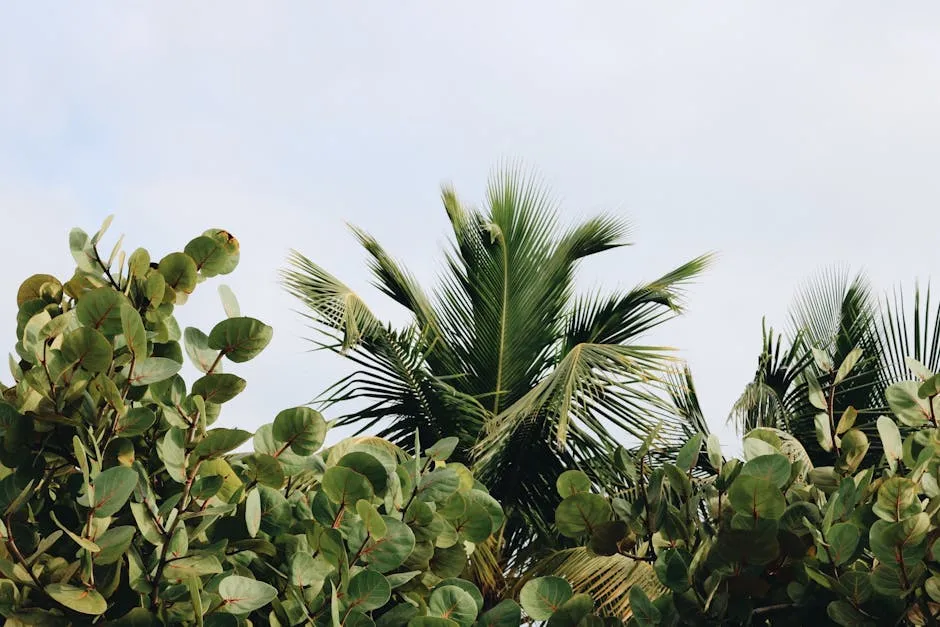
Container Size and Drainage
Choosing the right pot size is crucial for plant health. A container that is too small can restrict root growth. On the other hand, an excessively large pot may hold too much moisture.
Ensure your containers have proper drainage. This prevents water from sitting at the bottom, which can lead to root rot. Use pots with drainage holes and consider adding stones or gravel at the base.
When selecting containers, consider materials like ceramic or plastic. They can provide insulation and help maintain moisture levels. With the right container, your plants will thrive beautifully on your lanai. Check out these Ceramic Plant Pots with Drainage for optimal growth!

Recommended Plants for Your Lanai
Edible Plants
Herbs
Growing herbs on your lanai is a fantastic idea! Herbs like basil, cilantro, and rosemary thrive in warm, sunny conditions. They require minimal space and can flourish in containers. Imagine snipping fresh basil for your pasta or cilantro for tacos, all just steps away. Other options include mint and thyme, both of which add delightful flavors to your dishes. These herbs are relatively low-maintenance and can be grown year-round in the right conditions.
For those looking to keep their herbs healthy, consider using Fertilizer Spikes for Potted Plants. These little gems ensure your plants get the nutrients they need without the fuss!
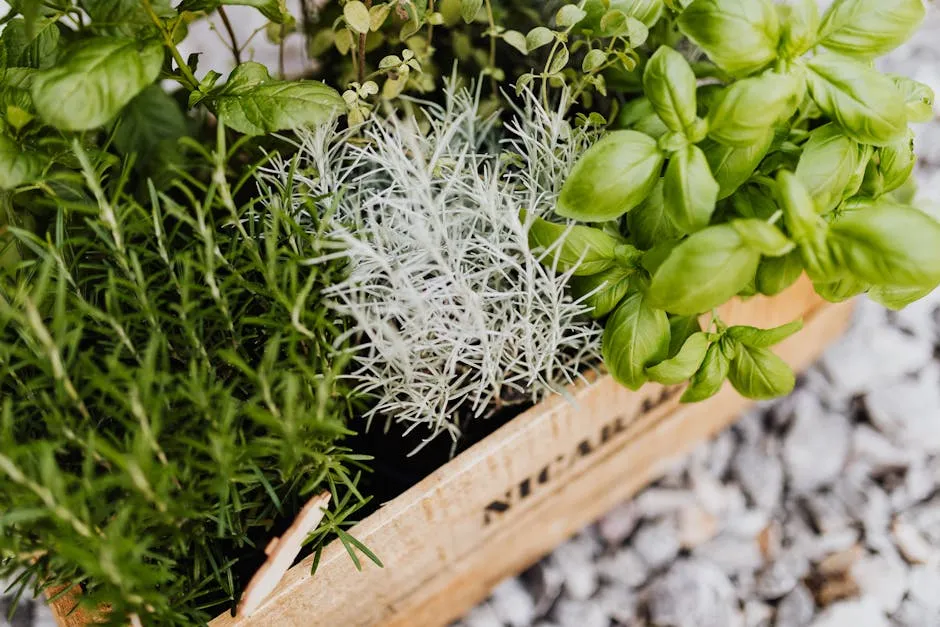
Vegetables
Container gardening is perfect for your lanai! Vegetables like tomatoes and peppers adapt well to pot culture. They love sunlight and can produce a bountiful harvest. Cherry tomatoes are particularly suitable, as they grow compactly. Bell peppers also thrive in pots, adding vibrant color to your space. Don’t forget about leafy greens like spinach and lettuce, which can flourish in smaller containers. Enjoying fresh vegetables from your own garden is incredibly rewarding!
For more insights on growing vegetables, check out this guide on Tips for growing vegetables in shady areas.

Ornamental Plants
Flowering Plants
Your lanai can burst with color through flowering plants! Hibiscus, bougainvillea, and mandevilla are vibrant choices. Hibiscus offers stunning blooms in various shades, while bougainvillea provides a tropical feel with its cascading flowers. Mandevilla vines can climb trellises, adding height and beauty. These plants thrive in full sun and can create a breathtaking display, attracting butterflies and hummingbirds to your garden.
To keep these beauties healthy, consider a Insecticidal Soap Spray to battle any pesky pests that might invade your floral paradise!
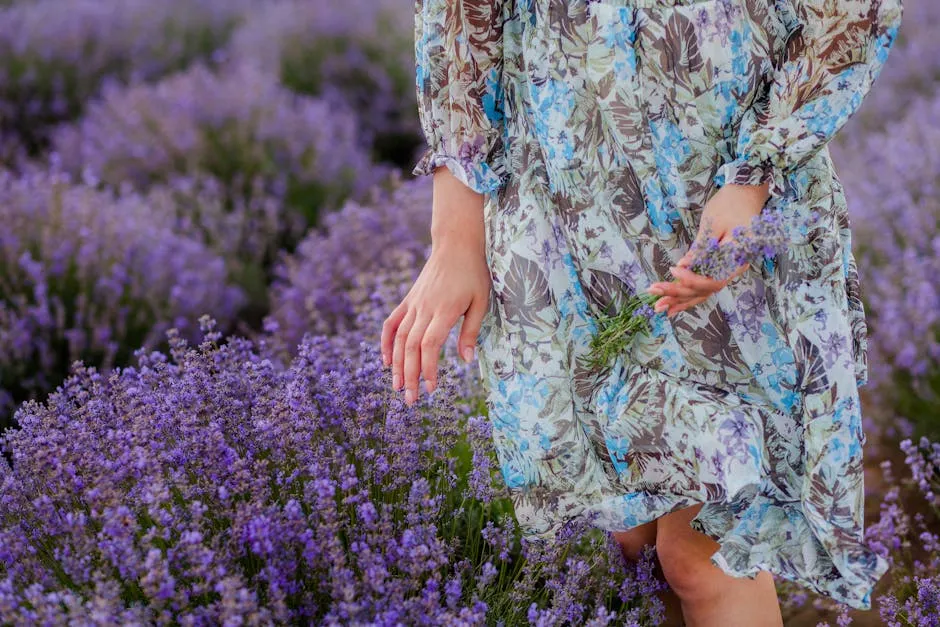
If you’re interested in bougainvillea, check out this ultimate guide to bougainvillea plants for care tips and more.
Foliage Plants
Foliage plants bring lush greenery to your lanai. Consider adding ferns, crotons, and philodendrons for a tropical touch. Ferns thrive in humid conditions and can add a soft texture. Crotons showcase striking leaves with vibrant colors, making them eye-catching. Philodendrons are versatile and can adapt to different light conditions. These foliage plants not only enhance aesthetics but also create a serene atmosphere for relaxation.

Caring for Plants on Your Lanai
Watering Needs
Watering your lanai plants is essential for their health. The frequency depends on plant type and weather. Generally, most plants need watering every 3-7 days. If it’s hot and sunny, they may need more frequent watering. Succulents and cacti require less water, about every 2 weeks. Always check the soil moisture before watering. Stick your finger into the soil; if it feels dry, it’s time to water. During rainy periods, reduce watering to prevent over-saturation. Remember, proper drainage is crucial to avoid root rot.
If you want to make watering easier, consider using a Watering Can with Long Spout. It helps you reach those tricky spots without making a mess!
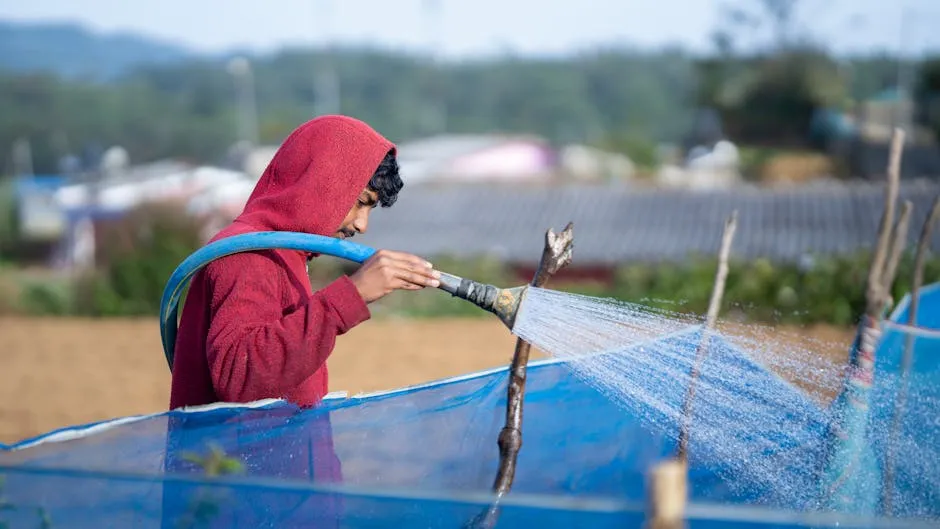
Fertilization
Regular fertilization is vital for container plants. They can quickly deplete nutrients in pots. Use a balanced, slow-release fertilizer every 4-6 weeks during the growing season. Organic options like fish emulsion or compost can also be beneficial. For flowering plants, a fertilizer higher in phosphorus encourages blooming. Always follow the package instructions for the best results. Pay attention to signs of nutrient deficiency, such as yellowing leaves. Adjust your feeding routine accordingly to keep your plants thriving.
To make sure your plants get the nutrients they need, consider using Plant Fertilizer for Flowering Plants. It will keep your blooms vibrant and healthy!
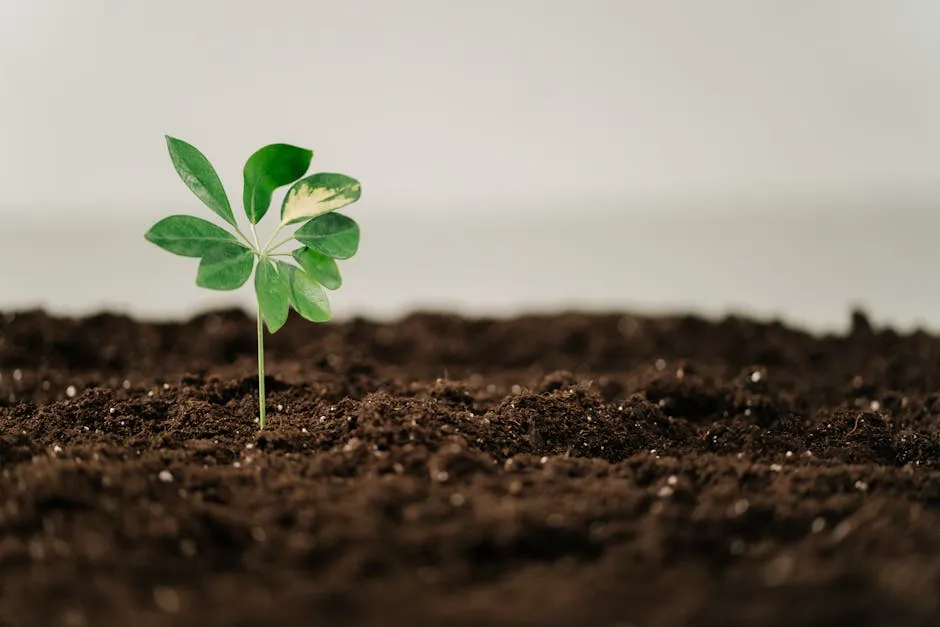
Pest Management
Monitoring your plants for pests is crucial. Common pests like aphids and spider mites can be problematic. Regularly inspect leaves and stems for signs of infestation. If you spot any pests, act quickly! Use insecticidal soap or neem oil as a natural remedy. Additionally, encourage beneficial insects like ladybugs, which prey on pests. Keeping your plants clean by gently rinsing them with water can also help prevent infestations. Create a healthy garden environment to minimize pest problems and promote plant wellness.
For effective pest control, don’t forget to try an Organic Pest Control Spray. It’s a safe way to keep your plants pest-free!
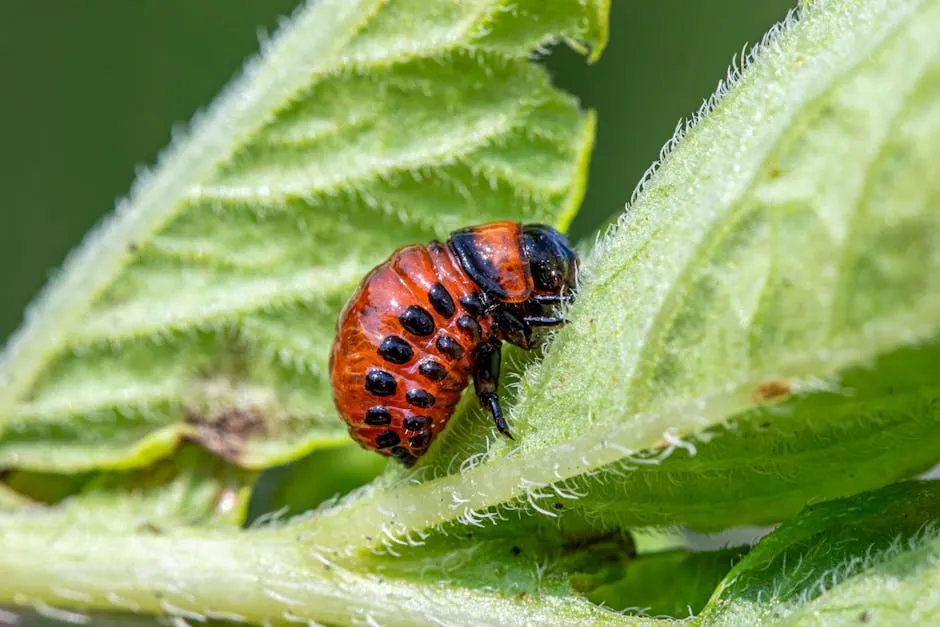
FAQs
What are the best low-maintenance plants for a lanai?
Consider succulents like jade plants and snake plants. They thrive with minimal care. Other great options include pothos and peace lilies. Ensure they have adequate drainage, and water them when the soil dries out. These plants are forgiving and perfect for busy gardeners.
Can I grow vegetables on my lanai?
Yes! Many vegetables do well in containers. Cherry tomatoes and peppers are excellent choices. Leafy greens like lettuce and spinach also thrive in pots. Ensure they receive enough sunlight and water regularly for a bountiful harvest.
How much sunlight do lanai plants need?
It depends on the plant type. Full sun plants, like tomatoes, need six or more hours of sunlight. Others, like ferns, prefer partial shade. Assess your lanai’s sunlight exposure and choose plants accordingly to ensure they flourish.
What should I do if my plants are not thriving?
First, check their watering needs. Over or under-watering can cause issues. Inspect for pests or diseases as well. Adjust their placement based on sunlight and ensure proper drainage. Making these changes can help revive struggling plants.
Are there any plants I should avoid on my lanai?
Yes, some plants may not suit lanai conditions. Avoid large palms that can grow too tall. Additionally, messy plants like certain flowering vines may drop leaves or blooms. Be cautious of plants that attract pests, as they can disrupt your garden’s health.
Please let us know what you think about our content by leaving a comment down below!
Thank you for reading till here 🙂
All images from Pexels
